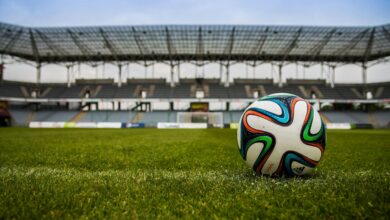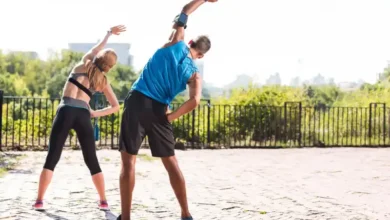Top Things to Consider When Choosing Soccer Cleats
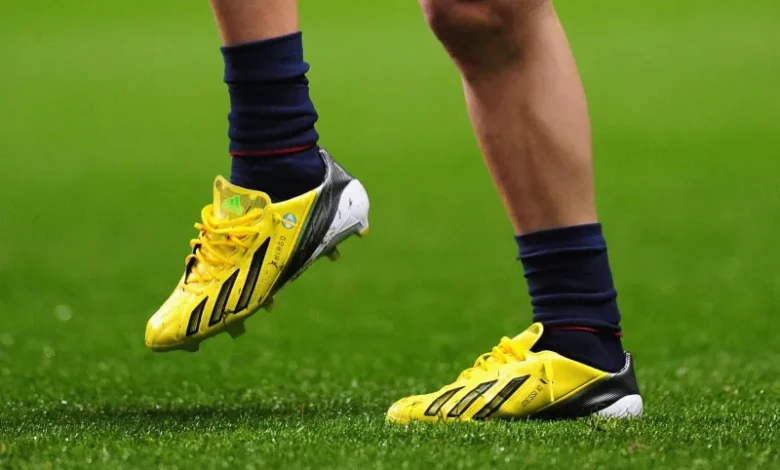
Soccer cleats are one of the most critical pieces of equipment for any soccer player. They provide traction, stability, and support on the field, helping players perform at their best. With a wide range of options available, choosing the right pair of soccer cleats can be overwhelming. In this comprehensive guide, we’ll explore the top things to consider when selecting soccer cleats to ensure you find the perfect fit for your needs and playing style.
1. Playing Surface and Choosing Soccer Cleats
One of the first factors to consider when choosing soccer cleats is the type of playing surface you’ll be primarily using them on. Soccer cleats are designed with different stud configurations and sole materials to optimize performance on various surfaces, including:
- Firm Ground (FG): Designed for natural grass fields, firm ground cleats typically feature conical or bladed studs for traction and stability on dry, firm surfaces.
- Artificial Turf (AG): AG cleats are specifically engineered for synthetic turf fields and often feature shorter, more numerous studs or a combination of studs and rubber studs to provide traction without causing damage to the playing surface.
- Soft Ground (SG): SG cleats are designed for wet or muddy natural grass fields and feature longer, detachable metal studs for enhanced traction in soft or slippery conditions.
Consider the primary playing surface you’ll be encountering and choose cleats with the appropriate stud configuration to optimize performance and prevent injury.
2. Fit and Comfort
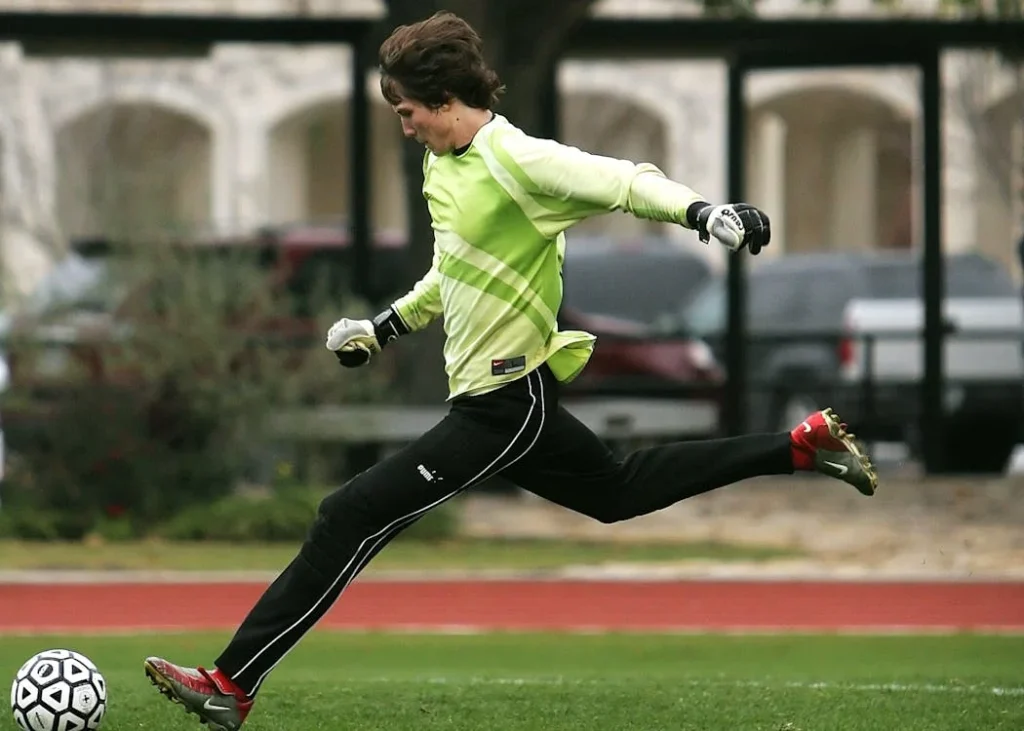
Comfort is paramount when it comes to soccer cleats, as you’ll be spending extended periods running, cutting, and kicking on the field. Look for cleats that provide a snug yet comfortable fit, with ample padding and support in key areas such as the heel, ankle, and forefoot. The cleats should feel secure and supportive without causing any pressure points or discomfort. It’s also essential to consider the width and shape of the cleats, as different brands and models may fit differently. Try on multiple pairs and brands to find the best fit for your foot shape and size. Remember that soccer cleats should fit snugly but not too tight, as this can lead to blisters, discomfort, and decreased performance.
3. Material and Construction
Soccer cleats are constructed from a variety of materials, each offering unique benefits in terms of durability, flexibility, and performance. Common materials used in cleat construction include:
- Leather: Leather cleats offer excellent durability, comfort, and a natural feel for the ball. However, they may require a break-in period to achieve optimal fit and comfort.
- Synthetic: Synthetic cleats are lightweight, durable, and often more affordable than leather cleats. They also tend to provide better water resistance and require minimal break-in time.
- Knit: Knitted cleats feature a flexible, sock-like construction that molds to the shape of your foot for a snug, customized fit. They offer excellent comfort, breathability, and flexibility on the field.
Consider your preferences and playing style when choosing the material and construction of your soccer cleats, ensuring they provide the durability, comfort, and performance you need to excel on the field.
4. Position and Playing Style
The position you play and your playing style can also influence the type of soccer cleats that are best suited for you. For example:
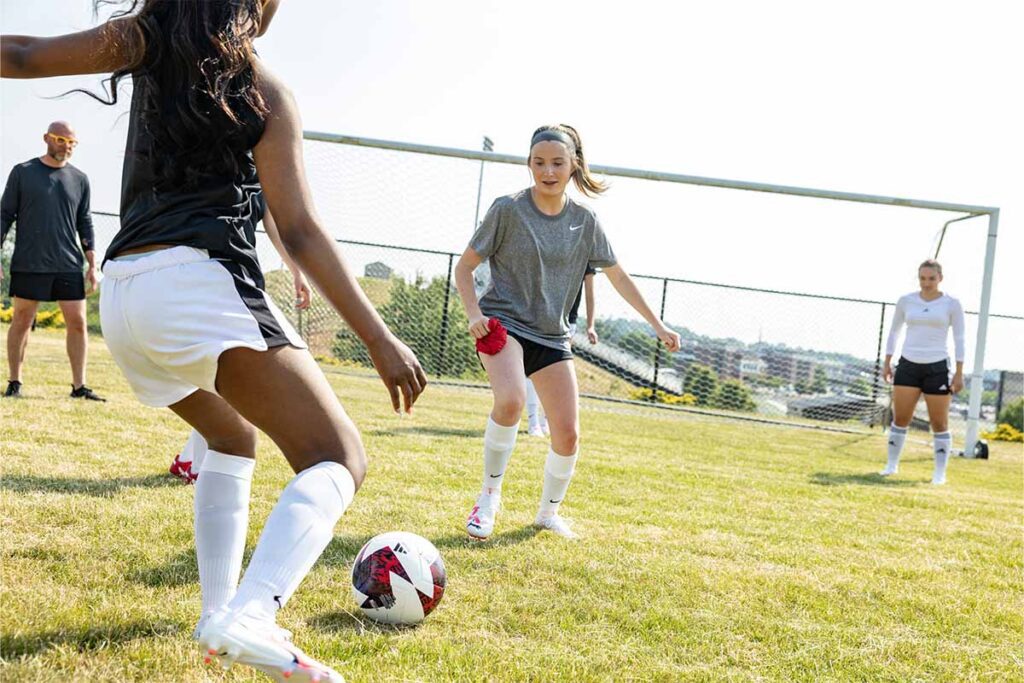
- Forwards and attacking players: They may prioritize lightweight cleats with a focus on speed, agility, and ball control.
- Midfielders: They may prefer versatile cleats that offer a balance of agility, support, and traction for both attacking and defensive play.
- Defenders: They may opt for cleats with additional ankle support and durability to withstand the physical demands of defensive play and tackling.
Consider your position, playing style, and specific needs on the field when selecting soccer cleats to ensure they complement your strengths and help you perform at your best.
5. Traction and Stud Configuration
Traction is crucial for maintaining stability, agility, and control on the soccer field, especially during quick cuts, changes of direction, and acceleration. Different stud configurations offer varying levels of traction and are designed for specific playing surfaces:
- Conical studs: Provide multidirectional traction and are suitable for firm ground surfaces.
- Bladed studs: Offer enhanced grip and traction for quick acceleration and changes of direction on firm ground.
- Circular studs: Provide stability and support on soft ground surfaces, helping prevent slipping and sliding in wet or muddy conditions.
- Turf studs: Shorter and more numerous, offering traction and grip on artificial turf surfaces without causing damage to the field.
Choose cleats with a stud configuration that matches your playing surface and playing style, ensuring optimal traction and stability on the field.
6. Choosing Budget friendly Soccer Cleats
Soccer cleats are available at a wide range of price points, from budget-friendly options to high-end models with advanced features and technologies. Set a budget that aligns with your preferences and needs, considering factors such as material, construction, brand, and performance features.
While it can be tempting to opt for the most expensive cleats on the market, keep in mind that higher price does not always guarantee better performance or durability. Focus on finding cleats that offer the best value for your budget, balancing quality, performance, and affordability.
7. Durability
Durability is another essential factor to consider when choosing soccer cleats, especially if you play frequently or on rough playing surfaces. Look for cleats made from high-quality materials with reinforced construction in key areas such as the toe box, heel, and outsole.
Additionally, consider the warranty and return policy offered by the manufacturer or retailer, as this can provide peace of mind in case of any defects or premature wear and tear. Proper care and maintenance, such as cleaning your cleats after each use and storing them in a cool, dry place, can also help prolong their lifespan and performance.
8. Brand Reputation and Reviews
Finally, consider the reputation and reviews of the brand and specific cleat model you’re considering. Research customer reviews, ratings, and feedback from other players to gain insights into the comfort, durability, and performance of the cleats.
Popular soccer cleat brands such as Nike, Adidas, Puma, and Under Armour have established reputations for quality, innovation, and performance. However, don’t overlook lesser-known brands or models that may offer similar features and performance at a more affordable price point.
Conclusion – Choosing soccer cleats
Choosing the right pair of soccer cleats is essential for maximizing comfort, performance, and enjoyment on the field. By considering factors such as playing surface, fit and comfort, material and construction, position and playing style, traction and stud configuration, budget, durability, and brand reputation, you can find cleats that meet your specific needs and preferences.
Take the time to try on multiple pairs, test them out on the field, and gather feedback from other players to ensure you find the perfect fit. With the right pair of soccer cleats, you can enhance your performance, confidence, and enjoyment of the beautiful game.



